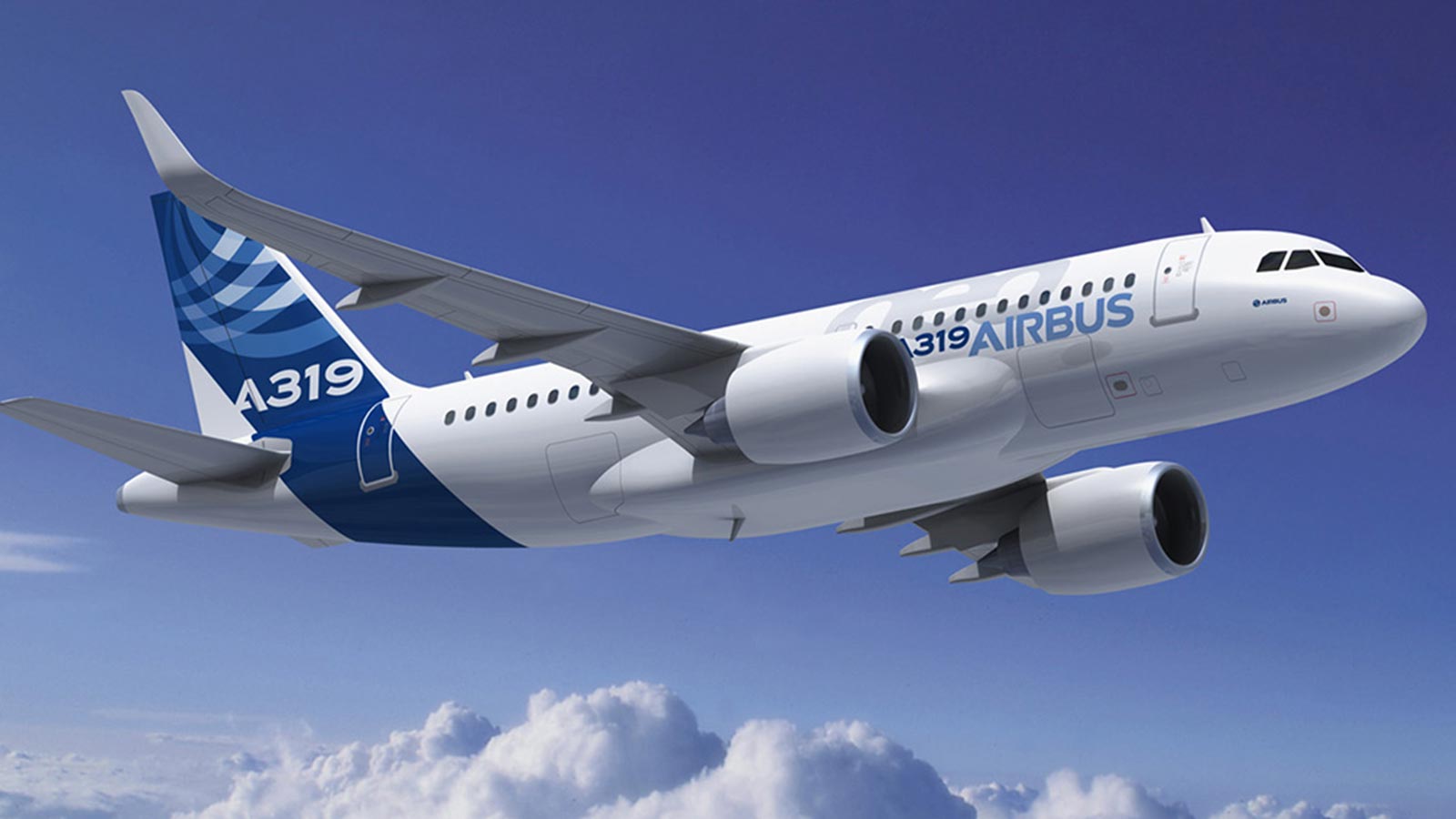So Mclaren have gone from RB-type outwashing crease to waterslide. Will RB follow suite or stick to their concept?
- Login or Register
No account yet? Sign up
This post aged well.ringo wrote: ↑25 Mar 2023, 20:16I noticed something about the floors of the RB18 and the W13 last year.
The venturi under the RB18 floor has it's narrow area further downstream. I do not know if this was addressed with W14.
Also redbull have more generous volume under the floor because the venturi is gentler.
As the venturi ends, the diffuser starts. So very aggressive expansion at the rear diffuser relative to the front of the floor.
On the other hand Mercedes with their first floor iteration of the ground effect rules, have a more symetrical floor front to rear, but this may be where it loses out. Lower, more restrictive underfloor volume and the centre of pressure is more forward. There is more of a delay downstream of the lowest point of the venturi before the rear diffuser.
Additionally, the expansion between front center vane and centre floor wall under the RB18 also have more volume, and has a less tight expansion rate compared to W13. Note the blue line and arrows. W13 vanes are closer together and expansion rate is "tighter" as you downstream.
RBR could also be create a little nozzle jet stream with the two converging outer vanes to influence the flow at the edge of the floor downstream.
https://i.ibb.co/N9SWkrn/W13-VSRB18.png
But yes, the main and fundamental difference is the tunnel volume and the venacontracta of the floor. Redbull delays the venacontracta further downstream, then rapidly expands again into the rear diffuser.
W14 is more balance, but this results in a less volume under the car upstream the venacontra point, and can explain why it is more sensitive to ride. The RB has a better buffer due to its distribution of underfloor volume. It prioritizes the intake volume expansion over the rear, which is the outlet volumetric expansion. As to why this is done, I do not know. I am just pointing out my observations.
There are also mini diffusers between two planes of the floor "T", ie plank plane and tunnel roof. Indicating that the reference plane is playing some role in the ground effect as well for RBR.
In conclusion mercedes could investigate this if they haven't already. It makes more sense to me why RBR has the floor cut out where it is. The upper outwash and the rear biased venacontracta are linked.
https://f1i.autojournal.fr/wp-content/u ... _w13_5.jpg
https://pbs.twimg.com/media/FT3w6SFWYAA ... ame=medium


Maybe in the case of an F-1 car, the bulges influence drag at the floor edge, or the wheel wake, or they accomplish what the waterslides do without the upper bodywork and associated drag.The modified wing-root fairings, also known as central fairings, include local geometric deformations or bumps and valleys along the wing/fuselage interface that create pressure waves that propagate outward to the wing tips, influencing the drag created by the engines. Airbus analysed the devices for a range of aircraft, including the A320, A340 and A380.
Too draggy. they could stick to the undercut bulge.tmoneyr007 wrote: ↑29 Jun 2023, 22:05I firmly believe there will be some RB9 style of downwashing ramp on the RB20.
ringo wrote: ↑30 Jun 2023, 07:09The redbull's low drag is in the sidepods.
I know the discussion about their advantage has shifted to floor and suspension and tripple DRS.
But though the sidepod is not responsible for the downforce, as mercedes have proven, they do come with a drag reduction advantage, but it's not what most people think or have thought of.
It's not waterslides or width, or undercut etc.
Newey may or may not be responsible for the feature in question but it's inspired by the aeronautical industry as much as the undefloor was inspired by the marine boat hull ridges.
Now bear with me on this one... Look no further than the underwing fairings on the Airbus A319 to 380:
https://images.aircharterservice.com/gl ... a319-1.jpg
These fairings are for low drag, and it matters not if they are top or bottom side i think. They more relate to the general shape of the fuselage and managing air expansion to mitigate drag.
We see this on the RB19 in the undercut area. And the car has enhanced these bulges even more.
https://cdn-1.motorsport.com/images/mgl ... eta-1.webp
Maybe in the case of an F-1 car, the bulges influence drag at the floor edge, or the wheel wake, or they accomplish what the waterslides do without the upper bodywork and associated drag.The modified wing-root fairings, also known as central fairings, include local geometric deformations or bumps and valleys along the wing/fuselage interface that create pressure waves that propagate outward to the wing tips, influencing the drag created by the engines. Airbus analysed the devices for a range of aircraft, including the A320, A340 and A380.
If you hadn’t I would have! Greetings fellow aviatorPapi Chulo wrote: ↑30 Jun 2023, 08:09My first post here, but had step in. These fairings are not for low drag. I am an aviator and these are a support for the flaps, the flaps have huge loads on them.
Fairings are needed to enclose the flap operating mechanism when the flap is up. They open up as the flap comes down and may also pivot to allow the necessary sideways movement of the extending mechanism which occurs on swept-wing installations.
Papi
ringo wrote: ↑30 Jun 2023, 07:09The redbull's low drag is in the sidepods.
I know the discussion about their advantage has shifted to floor and suspension and tripple DRS.
But though the sidepod is not responsible for the downforce, as mercedes have proven, they do come with a drag reduction advantage, but it's not what most people think or have thought of.
It's not waterslides or width, or undercut etc.
Newey may or may not be responsible for the feature in question but it's inspired by the aeronautical industry as much as the undefloor was inspired by the marine boat hull ridges.
Now bear with me on this one... Look no further than the underwing fairings on the Airbus A319 to 380:
https://images.aircharterservice.com/gl ... a319-1.jpg
These fairings are for low drag, and it matters not if they are top or bottom side i think. They more relate to the general shape of the fuselage and managing air expansion to mitigate drag.
We see this on the RB19 in the undercut area. And the car has enhanced these bulges even more.
https://cdn-1.motorsport.com/images/mgl ... eta-1.webp
Maybe in the case of an F-1 car, the bulges influence drag at the floor edge, or the wheel wake, or they accomplish what the waterslides do without the upper bodywork and associated drag.The modified wing-root fairings, also known as central fairings, include local geometric deformations or bumps and valleys along the wing/fuselage interface that create pressure waves that propagate outward to the wing tips, influencing the drag created by the engines. Airbus analysed the devices for a range of aircraft, including the A320, A340 and A380.
I did wonder if he was referring to the wing-body fairing (it's referenced below the picture of the Red Bull), but my understanding of that fairing is that it's more to do with the Area Rule approach to reducing transonic drag and so not really relevant to an F1 car.Papi Chulo wrote: ↑30 Jun 2023, 08:09My first post here, but had step in. These fairings are not for low drag. I am an aviator and these are a support for the flaps, the flaps have huge loads on them.
That is for wing support. Also huge loads on that, just structural.Just_a_fan wrote: ↑30 Jun 2023, 10:44I did wonder if he was referring to the wing-body fairing (it's referenced below the picture of the Red Bull), but my understanding of that fairing is that it's more to do with the Area Rule approach to reducing transonic drag and so not really relevant to an F1 car.Papi Chulo wrote: ↑30 Jun 2023, 08:09My first post here, but had step in. These fairings are not for low drag. I am an aviator and these are a support for the flaps, the flaps have huge loads on them.
The detail may be related to higher order thinking but I also think they just need space for the landing gear.Just_a_fan wrote: ↑30 Jun 2023, 10:44I did wonder if he was referring to the wing-body fairing (it's referenced below the picture of the Red Bull), but my understanding of that fairing is that it's more to do with the Area Rule approach to reducing transonic drag and so not really relevant to an F1 car.Papi Chulo wrote: ↑30 Jun 2023, 08:09My first post here, but had step in. These fairings are not for low drag. I am an aviator and these are a support for the flaps, the flaps have huge loads on them.

The fairing you are refering to are the ones in the middle of the wing. I am refering the where the wing joins the fuselage. They are for low drag.Papi Chulo wrote: ↑30 Jun 2023, 08:09My first post here, but had step in. These fairings are not for low drag. I am an aviator and these are a support for the flaps, the flaps have huge loads on them.
Fairings are needed to enclose the flap operating mechanism when the flap is up. They open up as the flap comes down and may also pivot to allow the necessary sideways movement of the extending mechanism which occurs on swept-wing installations.
Papi
ringo wrote: ↑30 Jun 2023, 07:09The redbull's low drag is in the sidepods.
I know the discussion about their advantage has shifted to floor and suspension and tripple DRS.
But though the sidepod is not responsible for the downforce, as mercedes have proven, they do come with a drag reduction advantage, but it's not what most people think or have thought of.
It's not waterslides or width, or undercut etc.
Newey may or may not be responsible for the feature in question but it's inspired by the aeronautical industry as much as the undefloor was inspired by the marine boat hull ridges.
Now bear with me on this one... Look no further than the underwing fairings on the Airbus A319 to 380:
https://images.aircharterservice.com/gl ... a319-1.jpg
These fairings are for low drag, and it matters not if they are top or bottom side i think. They more relate to the general shape of the fuselage and managing air expansion to mitigate drag.
We see this on the RB19 in the undercut area. And the car has enhanced these bulges even more.
https://cdn-1.motorsport.com/images/mgl ... eta-1.webp
Maybe in the case of an F-1 car, the bulges influence drag at the floor edge, or the wheel wake, or they accomplish what the waterslides do without the upper bodywork and associated drag.The modified wing-root fairings, also known as central fairings, include local geometric deformations or bumps and valleys along the wing/fuselage interface that create pressure waves that propagate outward to the wing tips, influencing the drag created by the engines. Airbus analysed the devices for a range of aircraft, including the A320, A340 and A380.
Do you fly or are you an aero engineer by the way?Papi Chulo wrote: ↑30 Jun 2023, 12:24That is for wing support. Also huge loads on that, just structural.Just_a_fan wrote: ↑30 Jun 2023, 10:44I did wonder if he was referring to the wing-body fairing (it's referenced below the picture of the Red Bull), but my understanding of that fairing is that it's more to do with the Area Rule approach to reducing transonic drag and so not really relevant to an F1 car.Papi Chulo wrote: ↑30 Jun 2023, 08:09My first post here, but had step in. These fairings are not for low drag. I am an aviator and these are a support for the flaps, the flaps have huge loads on them.